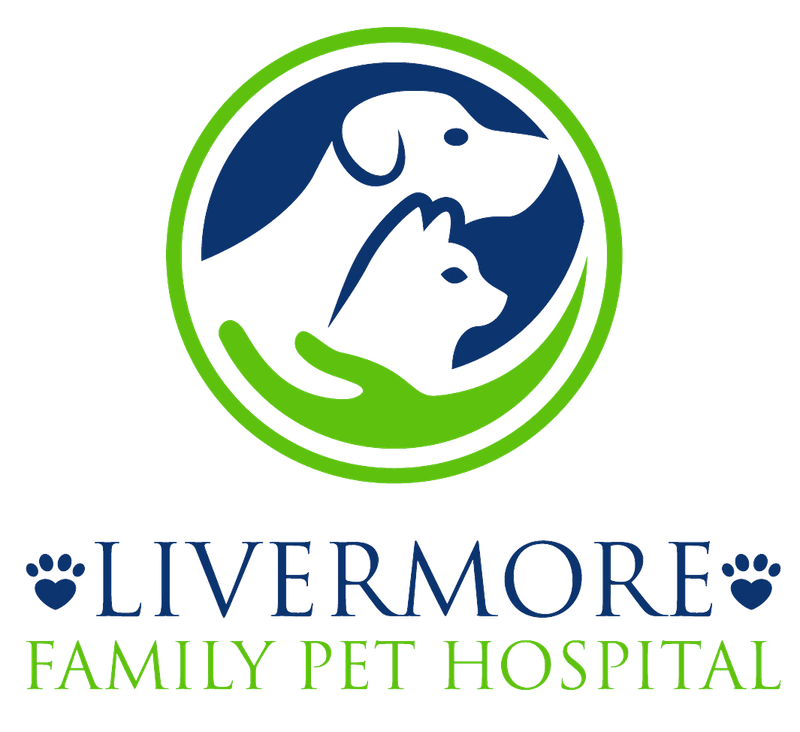An eye examination is a thorough examination of the pet's eyes and the surrounding tissues. It may be performed by your vet or by a veterinary ophthalmologist (an eye-care specialist). It is generally non-invasive and painless for your pet.
Why should my pet have an eye examination?
Your pet's eyes should be examined as part of a regular wellness examination. However, more thorough testing is needed if:
- There is an abnormal appearance to one or both eyes.
- Your pet shows signs of pain, such as holding an eye closed, or rubbing at the eyes.
- You suspect that your pet is experiencing changes in vision.
- An eye injury has occurred.
How will the vet test my pet's eyes?
An eye (ophthalmic) examination may include many different tests. These tests can help identify problems with the eyes or underlying diseases that may affect the eyes. The kind of tests performed depend on the nature of your pet's eye problem. The most common tests are outlined below.
The eye test often begins with an evaluation of the pet's vision. The vet may observe how the pet moves around the room or if he or she follows a cotton ball when tossed near the eyes. A menace test may also be conducted to see if the pet blinks when a finger is moved toward, but without touching, the eye.
A pupillary light reflex test is used to evaluate the retina (the sensory membrane that lines the eye), the muscles controlling the iris (the coloured portion of the eye), the nerves, and the part of the brain that controls visualisation. The vet will shine a bright light into each eye and evaluate both eyes for pupil constriction.
(animation of mydriasis = pupil dilatation)
A Schirmer tear test may be performed if your vet is concerned about tear production. A small strip of paper is positioned in each lower eyelid and held in place for 60 seconds. This test can help determine if your pet is producing enough tears to lubricate the eye properly.
The examination usually includes a thorough evaluation of the outer eye structures, including the tissues around the eyes, the eyelids, the duct where the tears drain from the eyes, and the cranial nerves that affect the eyes. At the same time, the eye will be checked for inflammation and infection as well as for foreign bodies and unusual growths. The lens of the eye will also be examined for signs of cataracts.
Pets often inadvertently scratch the cornea (the clear layer on the front of the eye). These painful abrasions or ulcers are not always visible with the naked eye, so your vet may conduct a fluorescein stain test. A small amount of lime-green dye is placed in the eye, and any defect in the cornea will take up the dye, displaying the location and size of the abrasion.
Another painful condition for pets is glaucoma (high eye pressure caused by improper fluid drainage within the eye). Certain breeds and some diseases, such as diabetes, are associated with glaucoma.
Before testing eye pressures, the vet will first place a few drops on the eye to numb the eye surface. The vet may use an instrument that looks like a pen to gently tap the eye surface. This instrument provides a reading of eye pressure. High pressure is a sign of glaucoma, while low pressure may be a sign of uveitis (inflammation of an interior layer of the eye).
The eye examination also includes a thorough inspection of the fundus (the back of the eye). A few drops will be placed into your pet's eyes to dilate (enlarge) the pupils. It may take 15-30 minutes for the drops to work. The vet will then examine the interior of the eye, including the retina, the blood vessels, and the optic nerve.
If you notice any abnormality in your pet's eyes or vision, contact your vet immediately. Many eye conditions are extremely painful or could result in the loss of vision. An eye test will help identify the source of the problem so that your pet receives proper treatment and pain relief as soon as possible.
If you want any other information on health issues concerning your dog please contact your vet who will be happy to advise you.
If you have questions and you'd like to reach out to us, you can call us directly at (925) 744-6421, or you can email us at [email protected].

